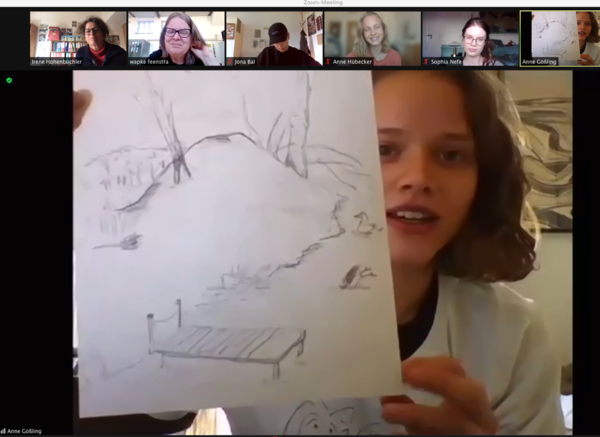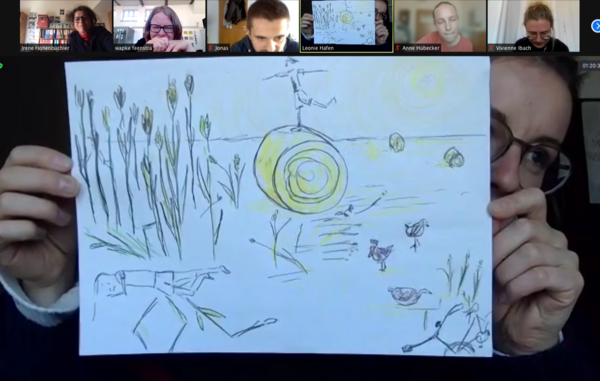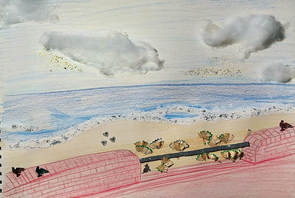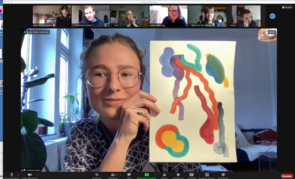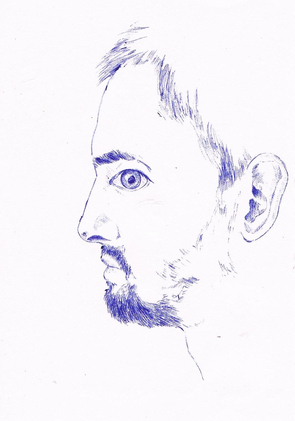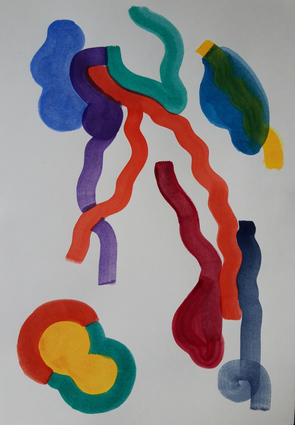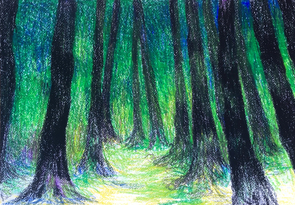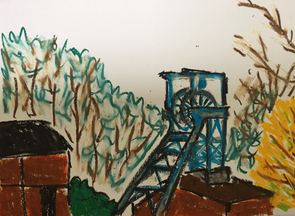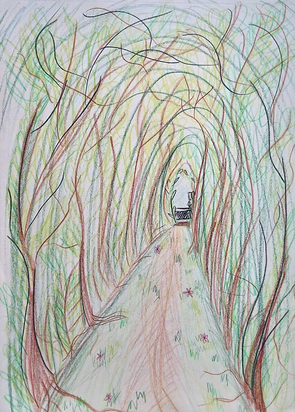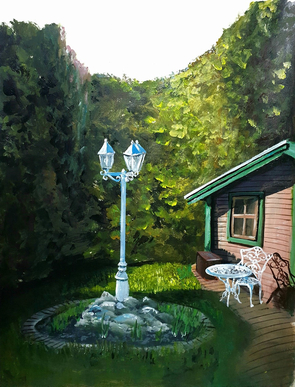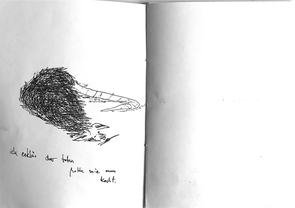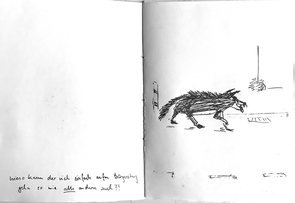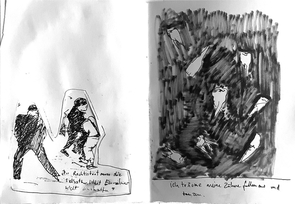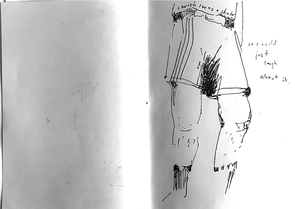Workshop mit Wapke Feenstra
Drawing Sessions:
Trans Local Rural Memories
- We are in ZOOM and have paper and drawing materials on our desk. And sit comfortable with both legs on the floor.
- All close the eyes and are led by the voice and story (of me Wapke).
We go into our memories and try to dig up and imagine how it looked like there,
what did we do, where were the smells, colours, the light, the weather,
who was with us and what did we do?
- We start making a drawing and take 15 minutes to do so and there is no talking.
- We come back to our ZOOM-windows one by one. We show our drawing in front of the camera and tell what is on it and where our memories were.
- We meet trans local rural imaginations and learn from each other’s rural and countryside. We see a lot of leisure and having good times. There is also mining and farming. We go to the different rurals.
INTERMEZZO - A walk through the BOOK BOERENZIJ | The Rural Side
In this presentation I introduced different types of drawing used in this project and underlined and explained the ways the drawings and methods of drawing connected project participants to their environment. SOME connect to memories (like we did before) – OTHERS to internal maps of gardens and yards and special memories – OR THEY LOOKED AT WHAT WAS THERE over the realistic drawings in en-plein-air style it makes the artist/participant while drawing connecting intensively to the place and time where your body is – and later is also a backdrop or memory of that space and time. LIFE drawing of objects is also doing this. ANOTHER TYPE OF DRAWING THAT IS USED is the geological drawing (I use to work with this kind of drawing in geological-animations and the storyboard is always made with local geologists). The drawing-style follows the proven method of drawing soil and stone types as done by geologists worldwide.
2.
The Drawing that Connects.
Make a drawing that makes a connection (follow your wishes right now) in STYLE, MATERIAL and SUBJECT – it can connect to a certain space, and anyhow connects to your way of working and thinking at the moment. Use materials that for you are underlining the connection. Use the style of drawing that brings the connection closer. Experiment with the style of drawing. Any drawing is good, it is up to you to set the steps you need to make a connection over a drawing.
We took a break of 5 minutes in which all students could think about what is unclear in my explanation – as I do not know the students well I thought this might be the case. And I also wanted them to bring what we do in this workshop closer to their own practises and work.
After this 5 minutes we had a talk in which we chatted and I tried to make clear enough this drawing session – so all could start. Some started to draw and others took a break as the drawing ad to be ready for the next week session.
- I loved to see the diversity of styles and people and their stories. And how they were reacting to each other’s work.
- Before we were talking about the drawings we looked 30 seconds at it with out any explanation. Than the interaction started.


